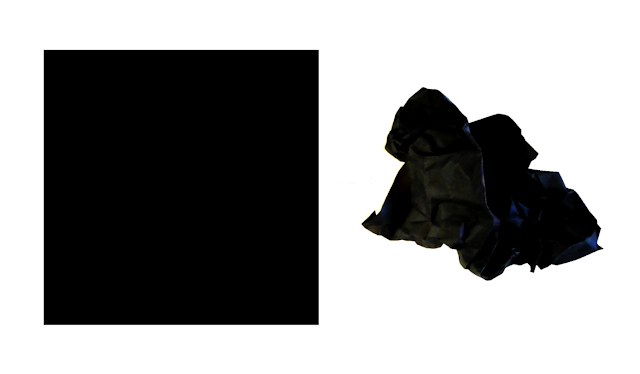Tom R. Chambers is a visual artist (digital/new media and mixed media), documentarian, curator and educator with over 100 personal exhibitions worldwide. He has also curated numerous exhibitions in the U.S.A., Zimbabwe, China and India. My Dear Malevich/Red Sweep Black Square, Suprematism Infinity: Reflections, Interpretations, Explorations (Group Show), Atrium Gallery, Harriman Institute, Columbia University, New York City, New York, U.S.A., December 1, 2015 – January 22, 2016.Image – center, left to right: Tom R. Chambers and Mark Khidekel (artist/architect). Mark Khidekel is the son of Lazar Khidekel, the artist/architect who studied with Kazimir Malevich. Art Gallery, Fine Arts Department, Zhaoqing University, Zhaoqing, China (April 2 – 15, 2007). He is currently working with the pixel as Minimalist Art, Kazimir Malevich’s “Black Square” and Suprematism. His “My Dear Malevich” project has received international acclaim, and it was shown as a part of “Suprematism Infinity: Ref...






